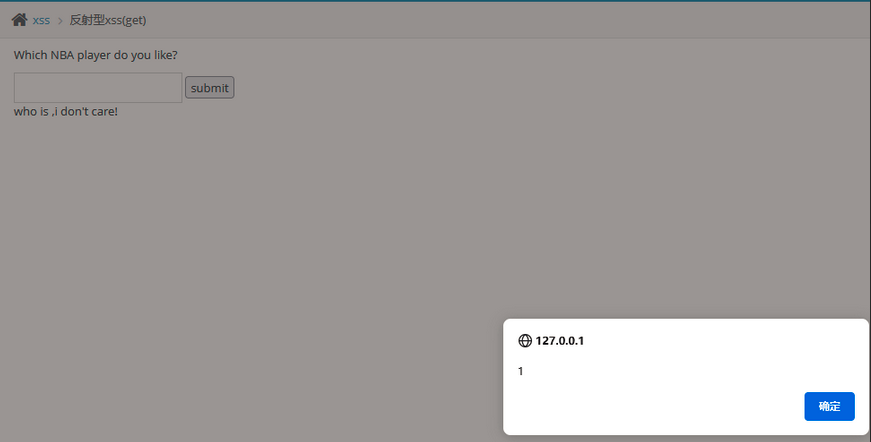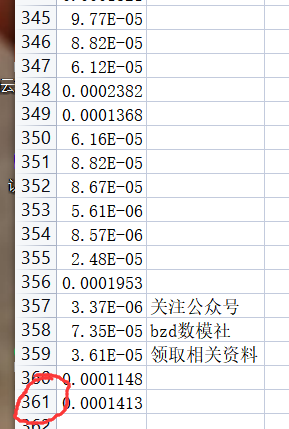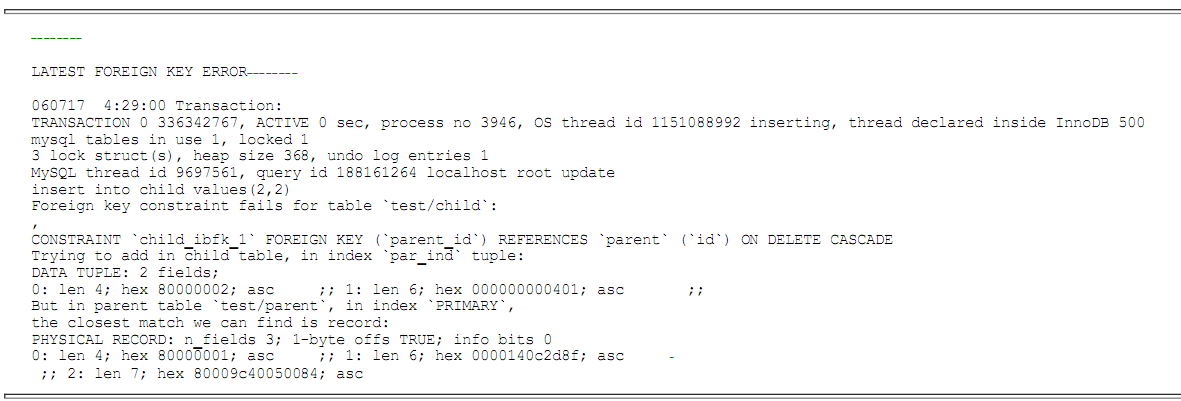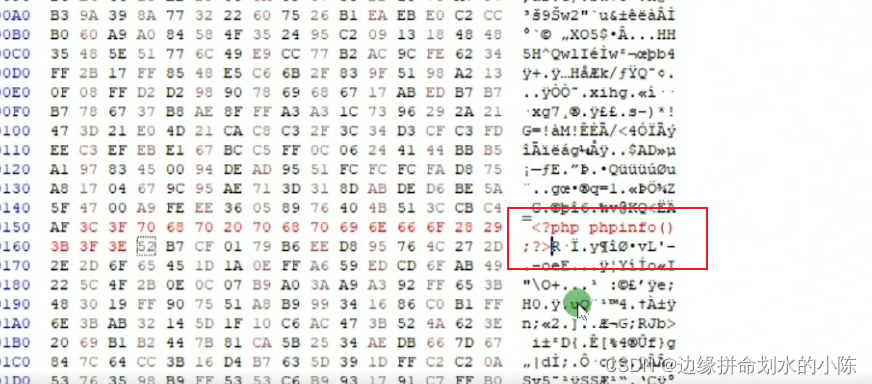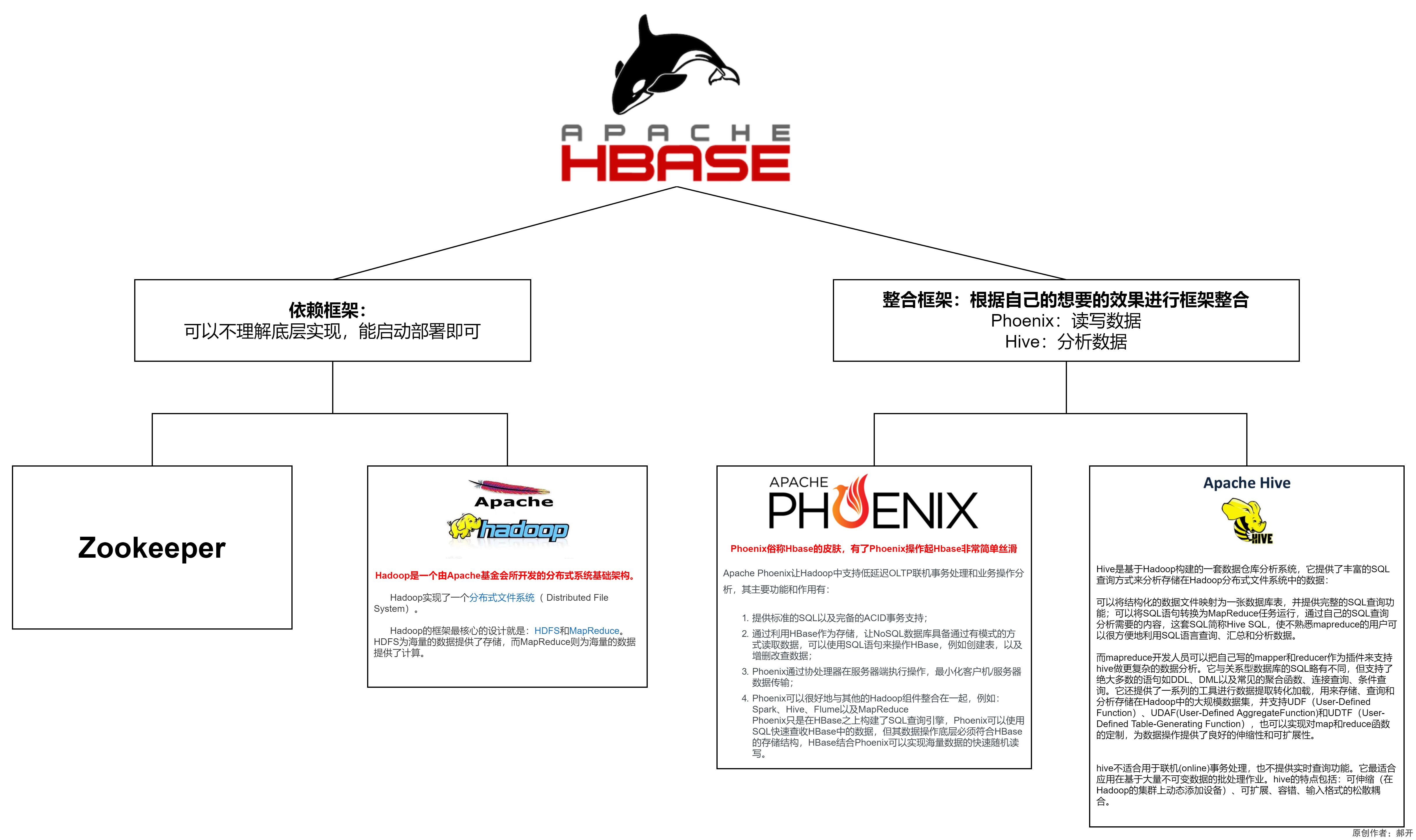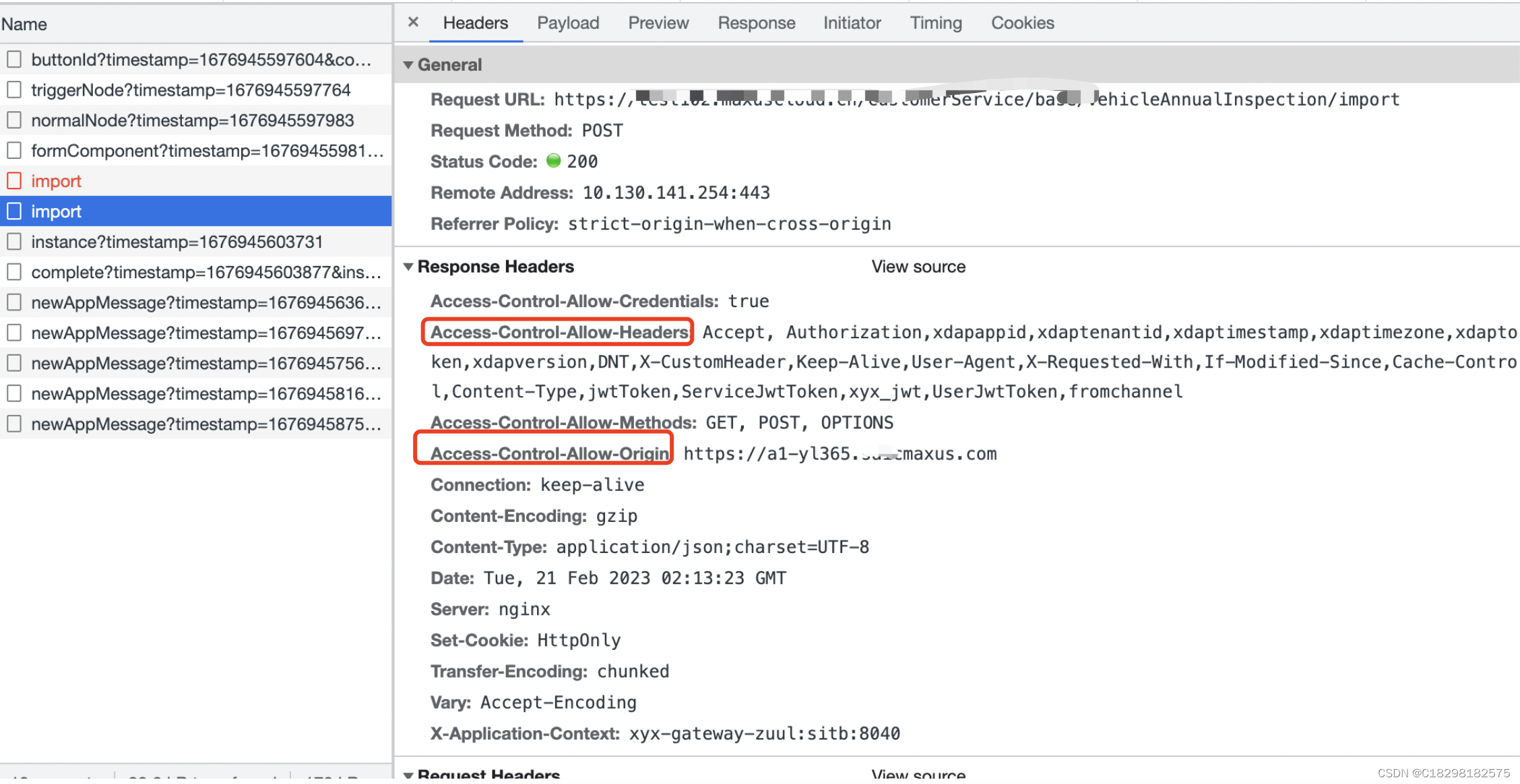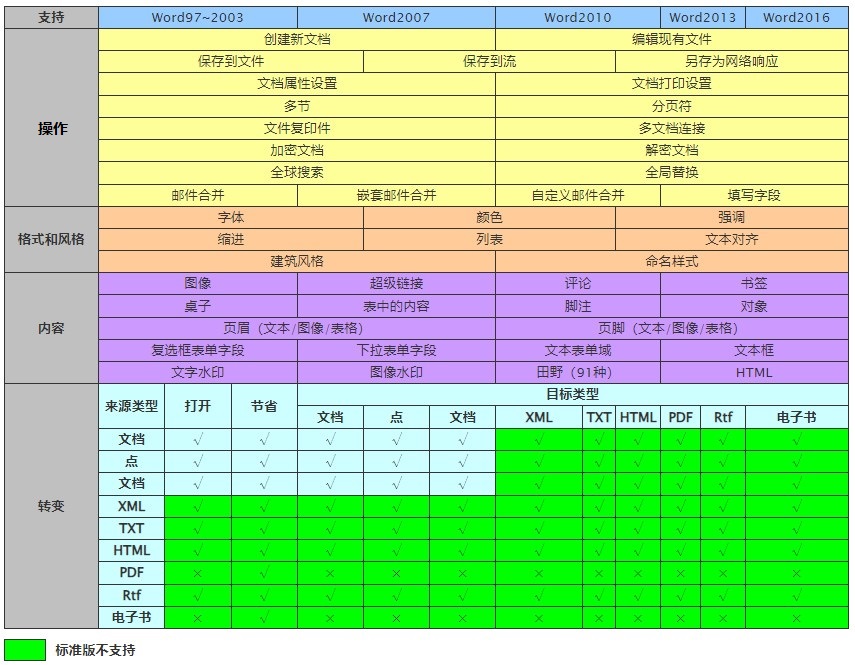版本
Lumen6.0
中文文档:https://learnku.com/docs/lumen/5.7/cache/2411
实现功能效果
1、使用缓存存储用户token
2、从请求头head 中获取用户token
3、返回指定的认证失败结构体
4、对指定的接口路由做身份验证
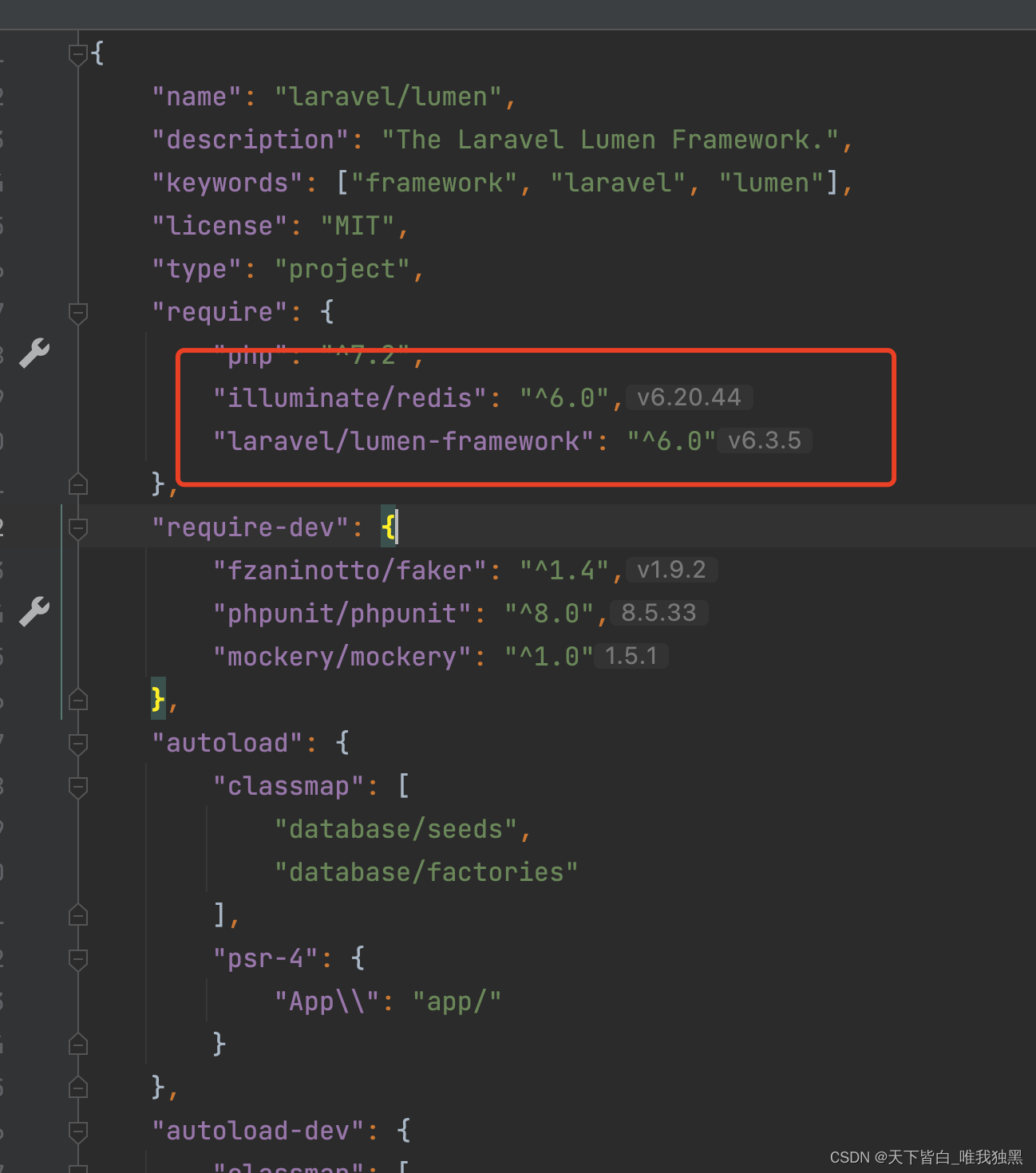
第一步:解除注释
注意:
在使用 Lumen 的认证功能前,
1、取消
bootstrap/app.php文件中的AuthServiceProvider调用代码的注释。2、去掉
bootstrap/app.php文件中$app->withFacades()方法调用的注释。3、去掉
bootstrap/app.php文件中 $app->routeMiddleware([
'auth' => App\Http\Middleware\Authenticate::class,
]); 注释
第二步:接口路由验证身份 routes/web.php
<?php
$router->post('/user/login', 'UserController@login'); //登录
/**
* 需要登录的路由 使用 Auth 中间件
*/
$router->group(['middleware' => ['auth']], function () use ($router) {
$router->get('/user/info', 'UserController@user_info'); //获取用户信息
});
第三步:修改验证器方法 App\Providers\AuthServiceProvider.php
<?php
namespace App\Providers;
use App\Models\UserToken;
use App\Services\Cache\AuthCache;
use App\User;
use Illuminate\Support\ServiceProvider;
class AuthServiceProvider extends ServiceProvider
{
/**
* Register any application services.
*
* @return void
*/
public function register()
{
//
}
/**
* Boot the authentication services for the application.
*
* @return void
*/
public function boot()
{
// Here you may define how you wish users to be authenticated for your Lumen
// application. The callback which receives the incoming request instance
// should return either a User instance or null. You're free to obtain
// the User instance via an API token or any other method necessary.
// $this->app['auth']->viaRequest('api', function ($request) {
// if ($request->input('api_token')) {
// return User::where('api_token', $request->input('api_token'))->first();
// }
// });
$this->app['auth']->viaRequest('api', function ($request) {
/**
* 下面验证内容是自定义的
* 下面是用了两个表一个存token,一个存用户
* 从请求头中获取token
* 去用户user_token表中验证,存在则查出来用户信息返回到模型中
*/
//从消息头获取传入的token
$token = $request->headers->get('Authorization');
$a = explode(" ", $token);
if (isset($a[1]) && $a[1]) {
$token = $a[1];
}
//token验证通过返回当前认证用户
// $token = UserToken::where('token',$token)->first();
//从缓存中获取用户id
$user_id = AuthCache::get_token_user_id($token);
if($user_id){
//返回user模型
return User::where('id',$user_id)->first();
}
return null;
});
}
}
以上方式是通过缓存中查询token的,此处也可以改成数据库中查询,或者使用jwt解析
原理就是通过请求接口传输过来的token信息,通过token查询到关联的用户id,然后再查询用户信息,返回整个用户模型,之后就可以使用Auth::user() 拿到用户数据
第四步:查看user model模型下的内容,正常安装后是不需要改动的,这里我继承了一个自己写的BaseModel父类。
<?php
namespace App\Models;
use Illuminate\Auth\Authenticatable;
use Illuminate\Contracts\Auth\Access\Authorizable as AuthorizableContract;
use Illuminate\Contracts\Auth\Authenticatable as AuthenticatableContract;
use Laravel\Lumen\Auth\Authorizable;
class User extends BaseModel implements AuthenticatableContract, AuthorizableContract
{
protected string $title = '用户表';
protected $guarded = ['id'];
protected $table = 'users';
/**
* 复用下面两个trait类
*/
use Authenticatable, Authorizable;
// /**
// * The attributes that are mass assignable.
// *
// * @var array
// */
// protected $fillable = [
// 'name', 'email',
// ];
/**
* The attributes excluded from the model's JSON form.
*
* @var array
*/
protected $hidden = [
'password',
];
}
第五步:修改认证失败后的,返回结构App/Http/Middleware/Authenticate.php
看一下默认返回结构
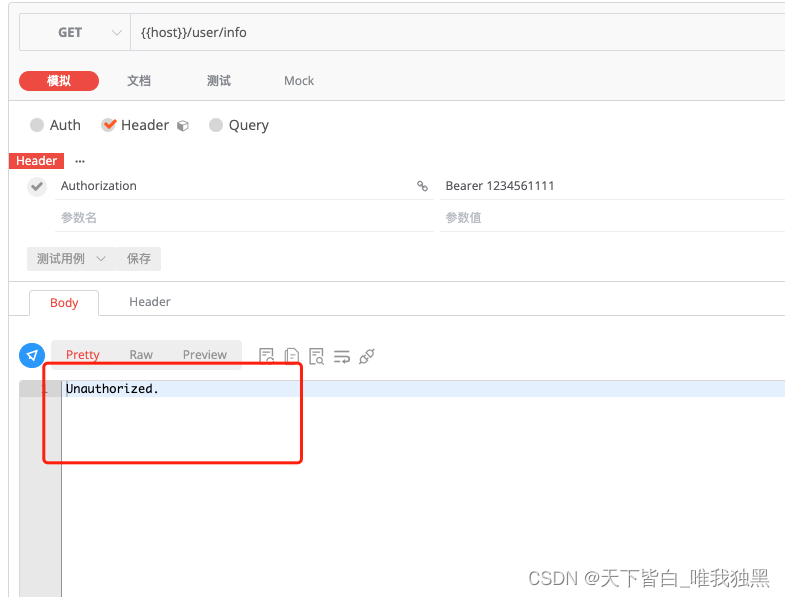
修改后返回结构,这里可以自定义,正常情况我们应在项目定义一个全局的返回结构体方法提供使用。

<?php
namespace App\Http\Middleware;
use App\Common\Common;
use App\Common\StatusConstants;
use Closure;
use Illuminate\Contracts\Auth\Factory as Auth;
class Authenticate
{
/**
* The authentication guard factory instance.
*
* @var \Illuminate\Contracts\Auth\Factory
*/
protected $auth;
/**
* Create a new middleware instance.
*
* @param \Illuminate\Contracts\Auth\Factory $auth
* @return void
*/
public function __construct(Auth $auth)
{
$this->auth = $auth;
}
/**
* Handle an incoming request.
*
* @param \Illuminate\Http\Request $request
* @param \Closure $next
* @param string|null $guard
* @return mixed
*/
public function handle($request, Closure $next, $guard = null)
{
if ($this->auth->guard($guard)->guest()) {
//这是默认的返回结构
// return response('Unauthorized.', 401);
//修改返回结构
return response()->json([
'code'=>404,
'msg'=>'无效的token',
'data'=>[]
]);
// Common::response_result(StatusConstants::ERROR_UNAUTHORIZED_TOKEN,'无效的token');
}
//验证通过
return $next($request);
}
}

